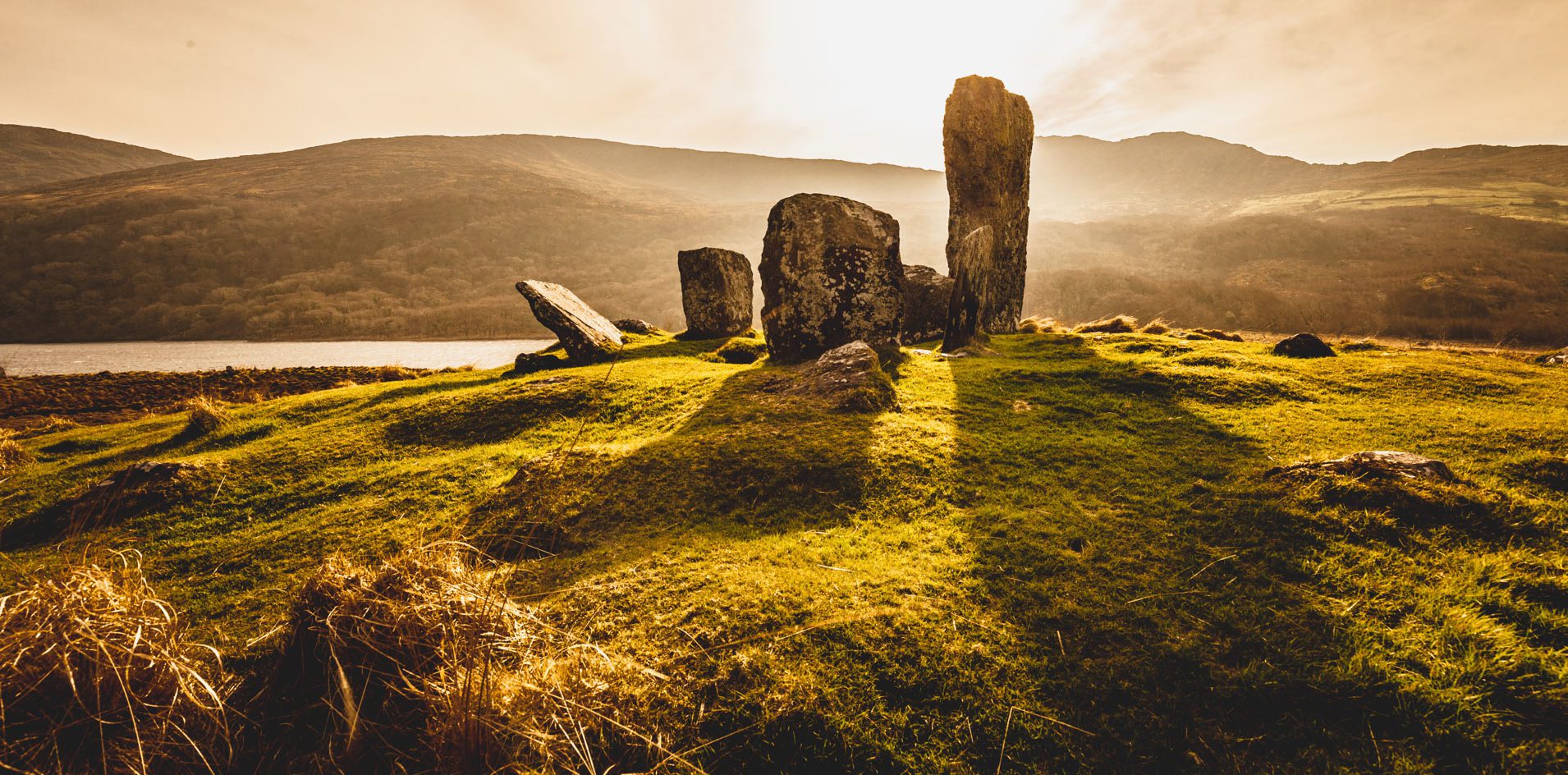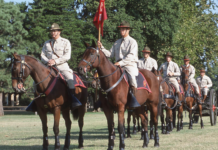Celebrations in honor of particular cultures are common throughout the world, and perhaps one the most familiar around this region is St. Patrick’s Day. Many people in many places take an opportunity on March 17 to kick up their heels, either literally or figuratively, and enjoy a holiday that is centuries old.
“[St. Patrick’s Day] is an excuse for us to get together. It’s a reason we can look at to say, hey, this is our day, and we’re going to go out and enjoy it,” says Dalton Williams, president of the Irish American Club of Tulsa. The community associated with a celebration of Irish history and culture is the emphasis of Williams’ club and other Celtic groups across the state.
“If you’re Irish, great. If you want to celebrate the culture, that’s just as great,” says Williams. He invites anyone to join who has a good attitude and enjoys being with others.
St. Patrick’s Day festivals and parades often include traditional Irish food such as corned beef and cabbage, Irish soda bread, and champ – a mashed potato dish including scallions, butter and milk; along with Celtic music, dancing and other frivolities. But where did this celebration get its start, and why has it endured through the centuries?
Long before St. Patrick became the patron saint of Ireland, his name was Maewyn Succat and he was not Irish, nor was he particularly religiously inclined. He was born in Britain under Roman rule in the late fourth century. Kidnapped at 16 and taken as a slave to Ireland, he began his religious life while tending sheep. Later, Succat was able to return to his family, but felt called to return to Ireland as a missionary. He changed his name when he became a priest to Patricius or Patrick, which was a variant on the Latin for father.
Legends grew around his memory for the next several centuries and he became the patron saint of Ireland in the seventh century. He is largely credited with bringing Christianity to the country.
The feast day of St. Patrick, on March 17 in remembrance of the day of his death, was instituted in the ninth or tenth century in Ireland. This date falls during the Lenten season, and the celebration is seen as a break from the sacrificial practice of Lent. But for many more years, it was exclusively a religious holiday, especially in Ireland.
St. Patrick’s Day parades and festivals have a rich history in the United States. The first account of a parade was from 1601 in St. Augustine, Florida, organized by an Irish vicar in the early settlement. Celebrations started in cities such as New York and Boston in the late 18th century.
“When [the Irish] immigrated to the United States, they brought those customs with them. Saint Patrick’s Day is just one of those customs that came over with immigrant populations and stayed,” says Williams.
The festivals today have become a celebration of Irish culture, but many of the traditions can trace their roots back to that original missionary sixteen hundred years ago.

What’s with Green?
The color green and St. Patrick’s Day go together like corned beef and cabbage. But this is a relatively new relationship. Blue was used in association with St. Patrick until the Irish Rebellion of 1798. During this uprising against the British, Irish soldiers wanted a color that would contrast with the redcoats of the British. “The Wearing of the Green” was a popular street song supporting the rebellion.

























